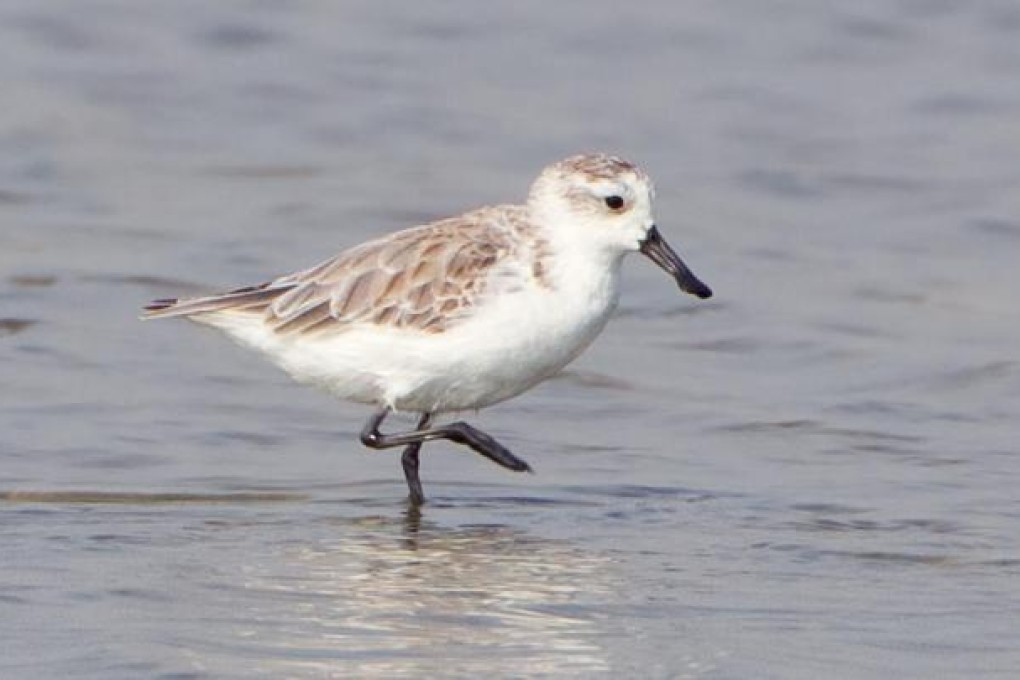Breeding of endangered species is futile without habitat protection
While captive breeding of animals is to be lauded, it should not overshadow the task of protecting the ecosystems they live in

This past summer, a team of biologists scoured Siberian tundra in search of nests and eggs of one of the world's most threatened species, the spoon-billed sandpiper - a small shorebird known to Hong Kong birdwatchers as a scarce annual migrant at Mai Po Marshes.

The tundra-scouring biologists were working on a project to try to save the sandpiper, by raising young birds in captivity to hopefully breed young birds into the wild. They took 20 eggs to the WWT's headquarters in Slimbridge, UK. With 17 hatchlings from these eggs, plus 11 youngsters brought from Russia last year, there are now 28 spoon-billed sandpipers in captivity. Perhaps they will become the nucleus of a breeding group.
While the spoon-billed sandpiper project is ambitious - even desperate - captive breeding is not new. One of the first examples involved Père David's deer, which was native to China but became extinct there in 1900. Some had been illegally exported to Europe, and England's Duke of Bedford gathered the remaining animals to nurture a herd of deer. Their numbers built, and deer have since been sent to China, establishing small, managed populations.
There have been other captive breeding success stories. During the 1950s, the Slimbridge reserve in England played a pivotal role in saving the Hawaiian goose, whose wild population had crashed to a mere 30 birds by 1952. From 1962, geese were reintroduced to the wild, and now there are about 1,000 in Hawaii.
Romer's tree frog was originally known from just four islands, all in Hong Kong. When one of these islands - Chek Lap Kok - was being largely demolished to make way for the new airport, reptile and amphibian expert Dr Michael Lau Wai-neng collected all the Romer's tree frogs he could find there. He took some to the University of Hong Kong; others went to Melbourne Zoo. The frogs bred, almost 3,000 frogs and tadpoles were released in the New Territories and on Hong Kong Island, and while Romer's tree frogs lost an island, they now inhabit six new locations.
But captive breeding is far from ideal. Efforts to rear giant pandas have proven especially controversial. Though substantial funds and efforts have gone towards breeding pandas in captivity during the past 30 years, the results have been poor. Initially, births in captivity outnumbered deaths. It was only in 2006 that the first captive-bred panda was released to the wild, yet he soon died after a tussle with wild pandas. A second panda, Tao Tao, was released this autumn.